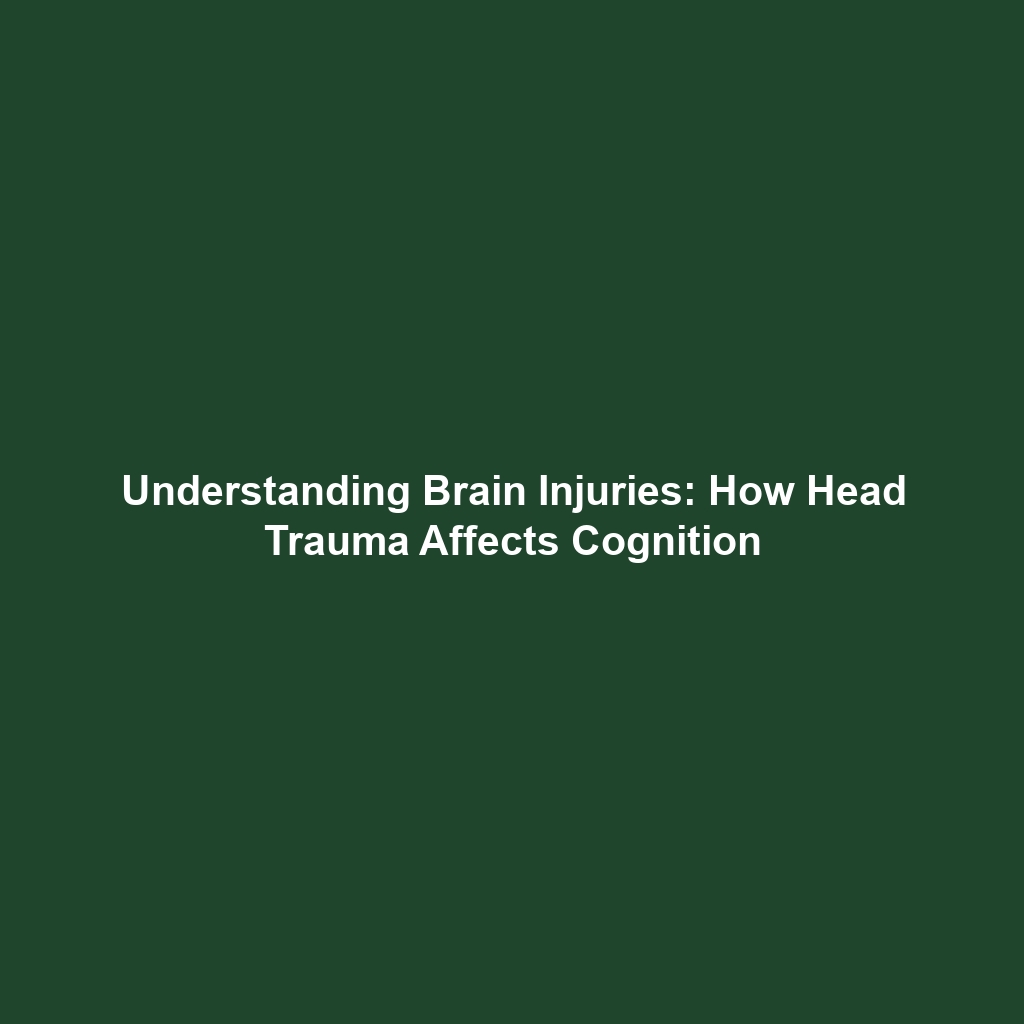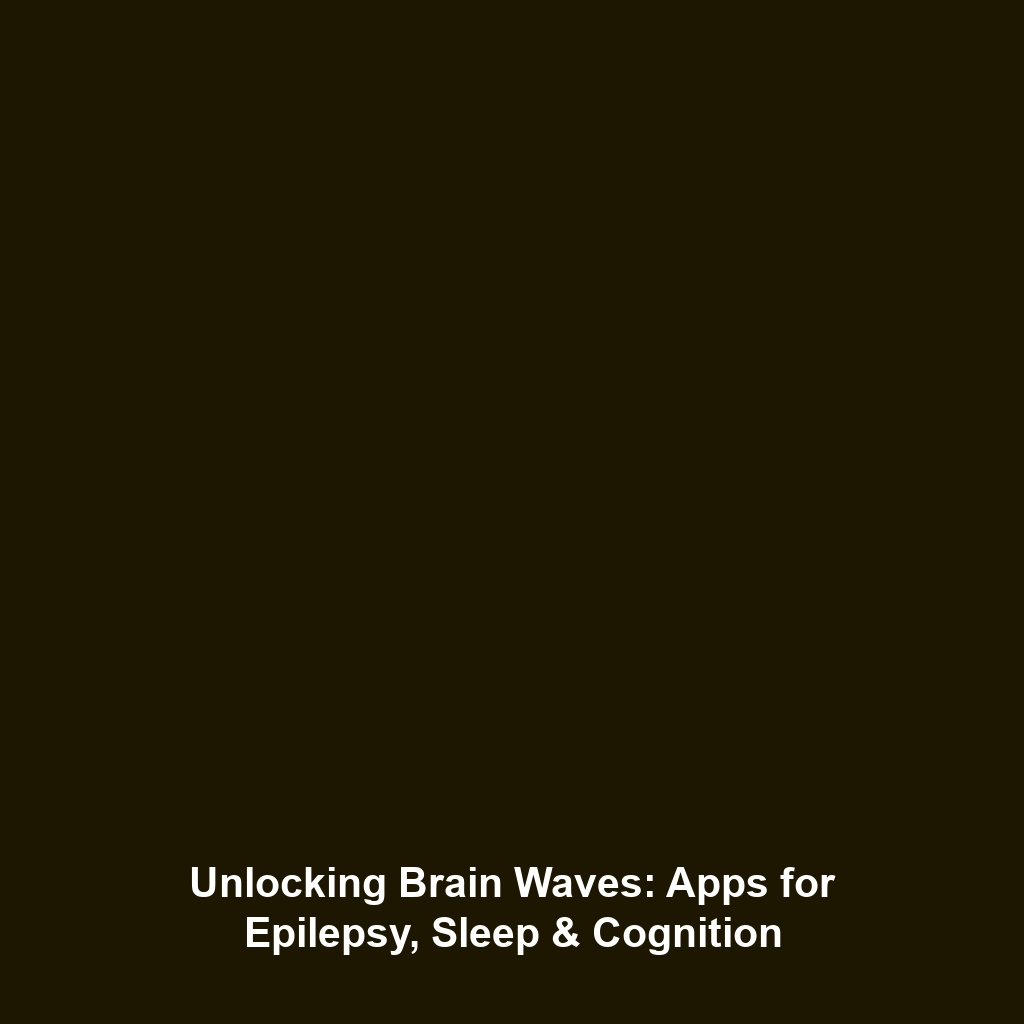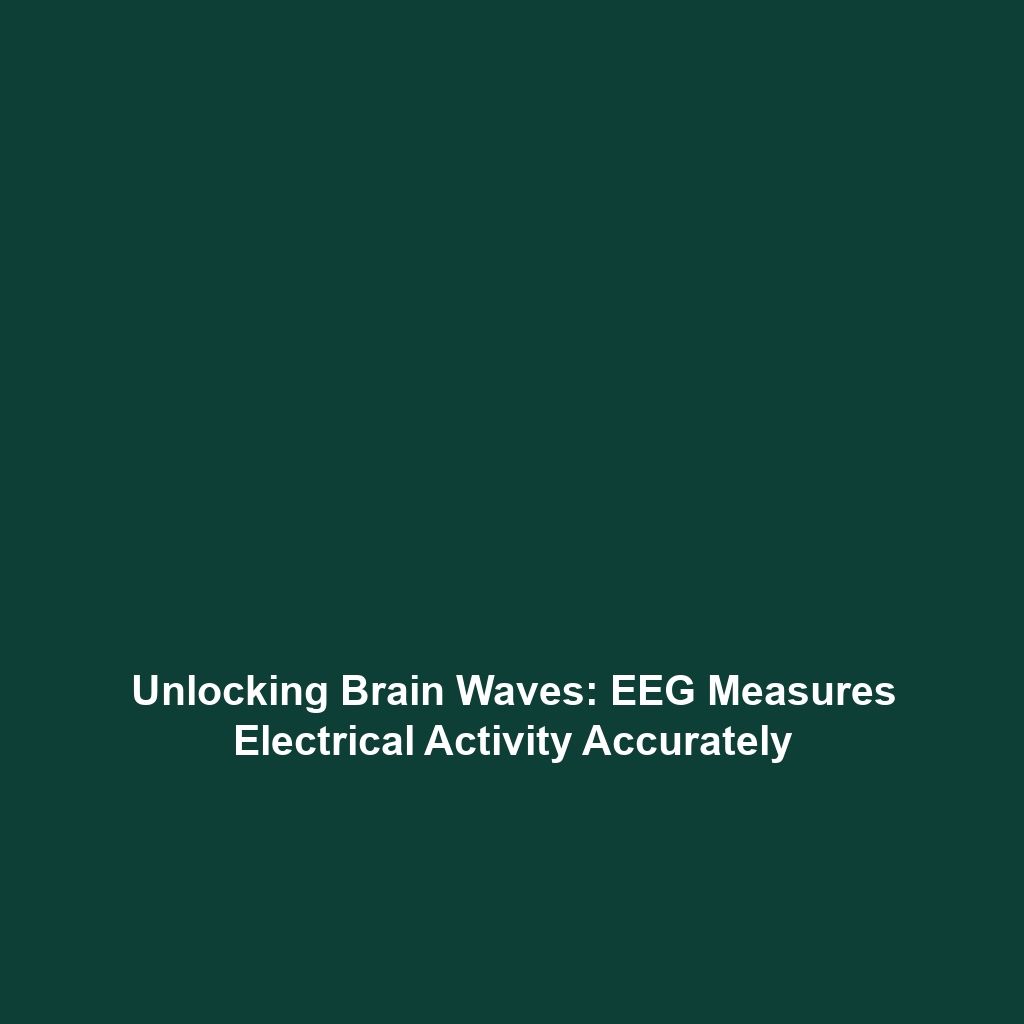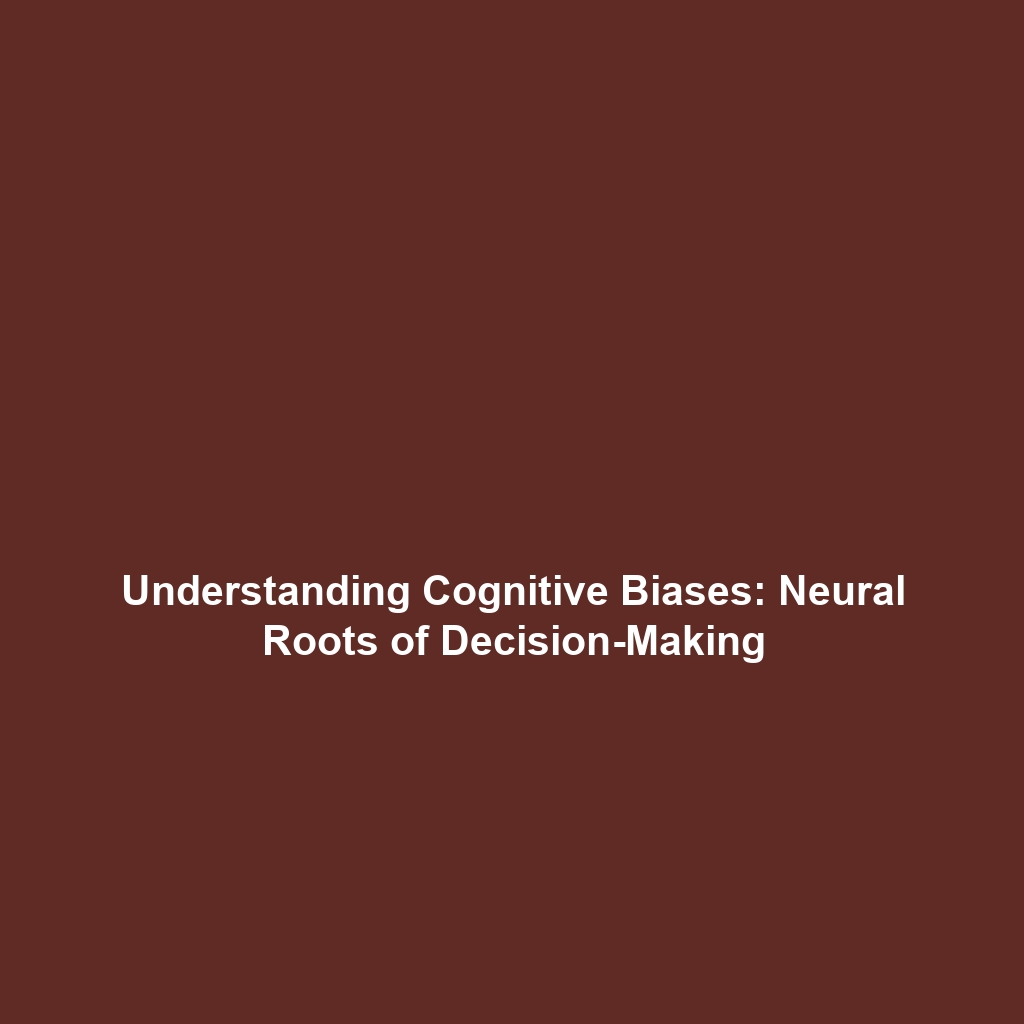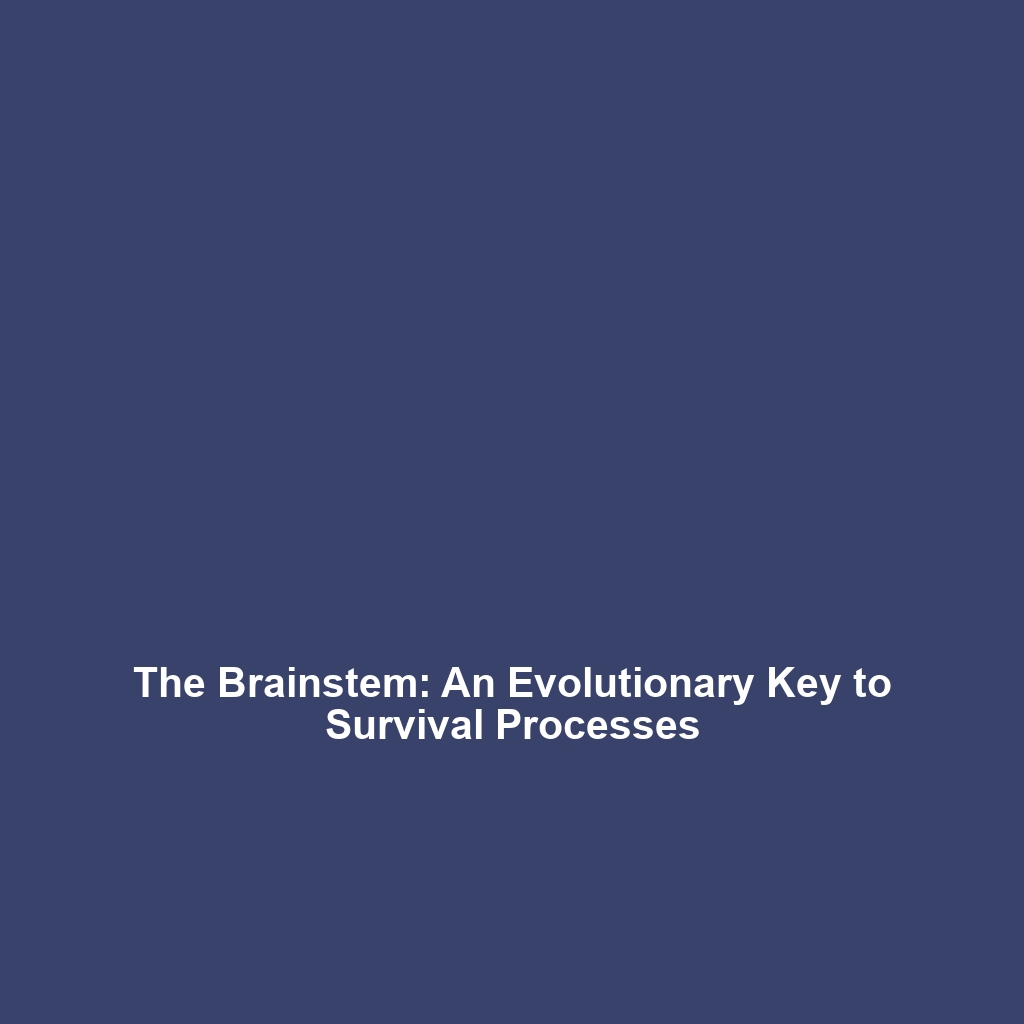Broca’s Area and Wernicke’s Area: Their Significance in Biomechanics
Introduction: Broca’s area and Wernicke’s area are two critical regions in the brain responsible for language processing, influencing how we produce and understand speech. Located in the dominant cerebral hemisphere—usually the left—Broca’s area is integral to speech production, while Wernicke’s area is vital for language comprehension. Understanding these areas is essential for exploring the intersection of neuroscience and biomechanics, particularly how neural control over speech production and comprehension affects movement patterns associated with communication.
Key Concepts
Broca’s Area
Located in the frontal lobe, Broca’s area is essential for the motor control of speech. This area is involved in the production of coherent speech and the formulation of grammatically correct sentences. In terms of biomechanics, Broca’s area influences the neuromuscular coordination required for speech articulation, affecting how we produce speech sounds physically.
Wernicke’s Area
Wernicke’s area, situated in the temporal lobe, plays a crucial role in language comprehension. This area enables individuals to understand spoken and written language. In biomechanics, effective communication relies on the ability to process and respond to linguistic stimuli, demonstrating the interconnectedness between language comprehension and physical expression.
Applications and Real-World Uses
Understanding Broca’s and Wernicke’s areas has several practical applications within biomechanics:
- Speech Therapy: Techniques often target the motor skills and comprehension skills linked to these areas, enhancing patient recovery.
- Assistive Technology: Devices designed to aid individuals with speech and language disorders, leveraging our knowledge of these brain regions to improve functionality.
- Neurological Rehabilitation: Tailored exercises focusing on speech production and comprehension to facilitate recovery post-stroke or brain injury.
Current Challenges
Several challenges hinder comprehensive understanding and application of knowledge surrounding Broca’s and Wernicke’s areas:
- Variability in Patient Outcomes: Individual differences in brain plasticity affect rehabilitation strategies.
- Lack of Accessibility to Advanced Technology: High-tech solutions for addressing speech issues may not be available for all patients.
- Research Limitations: Ethical concerns and logistical constraints limit the scope of neurological studies.
Future Research and Innovations
The future of research into Broca’s and Wernicke’s areas holds exciting innovations:
- Neuroimaging Technology: Advances in imaging techniques may provide deeper insights into brain functions associated with speech and comprehension.
- Neuroprosthetics: Development of devices that assist or rehabilitate speech through direct stimulation of these brain regions.
- Artificial Intelligence: AI-driven applications might improve communication tools for individuals with speech disorders by mimicking language understanding.
Conclusion
Broca’s area and Wernicke’s area are pivotal in both speech production and language comprehension, demonstrating the intricate relationship between neuroscience and biomechanics. As research progresses, innovations targeting these areas can enhance therapeutic interventions and improve the quality of life for individuals facing linguistic challenges. For further reading on topics like neural pathways and speech assessment techniques in biomechanics, check out our other articles here and here.

